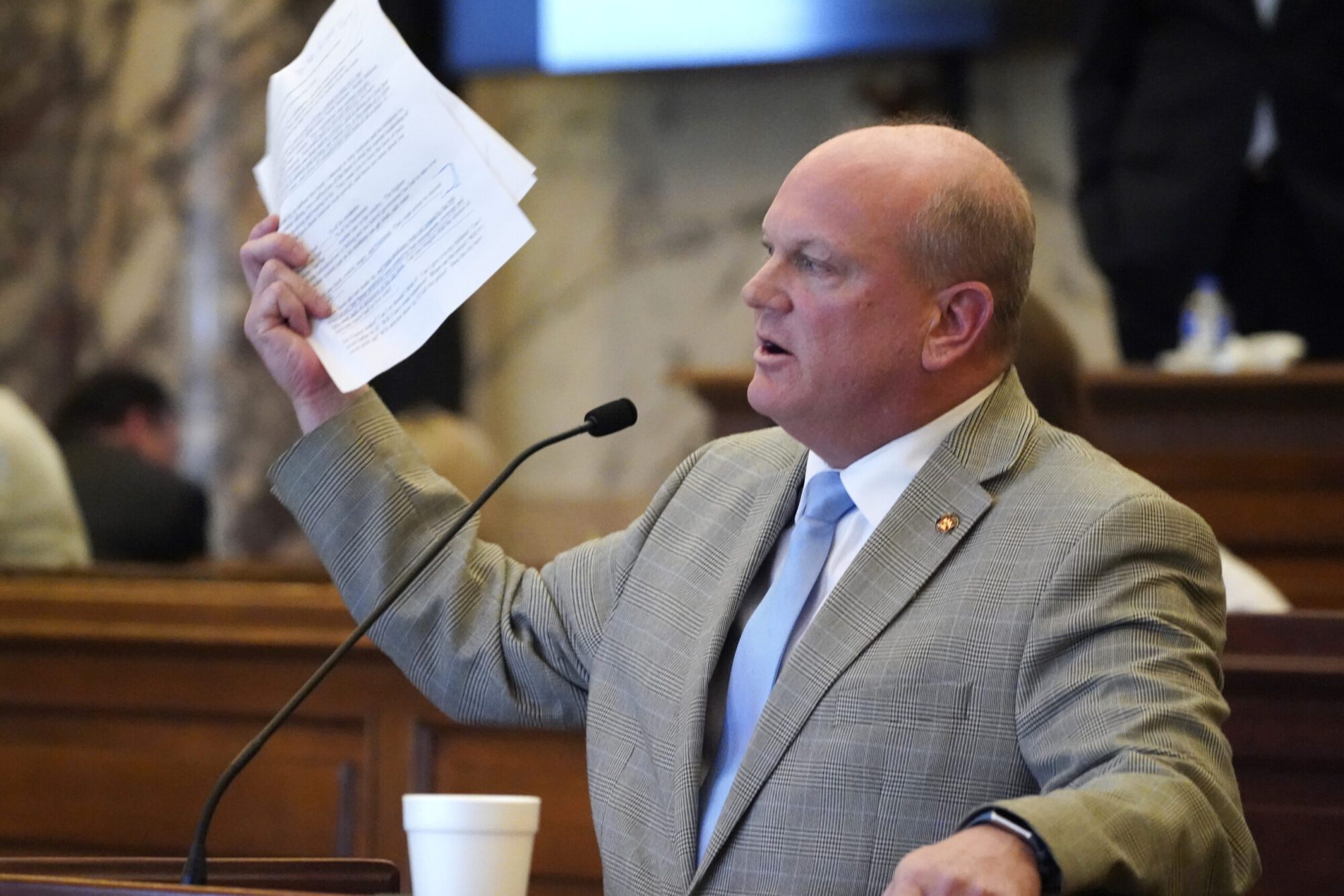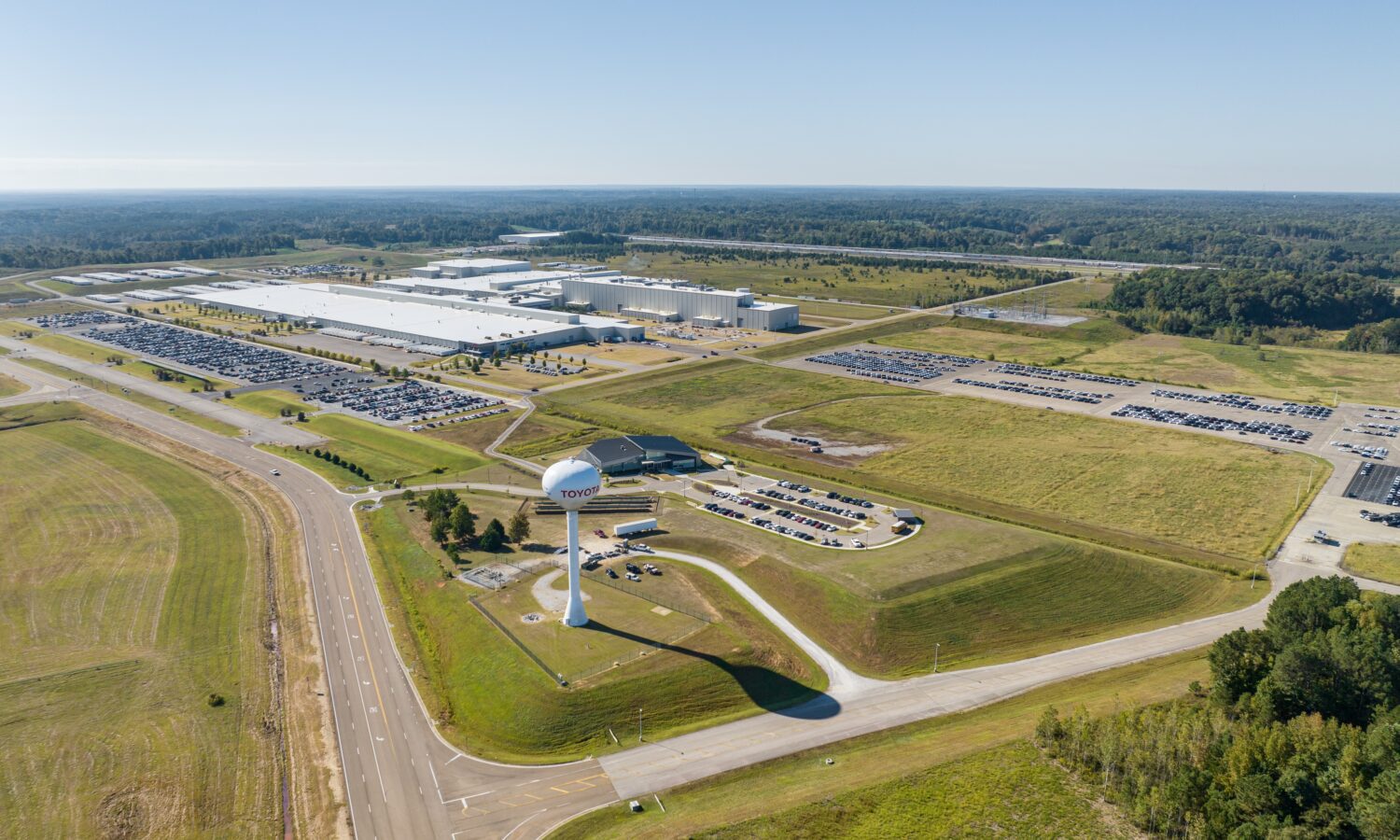
Optimism among small businesses has decreased to 93.2 in March due to rising inflation.
The 2.4 decrease of the NFIB Small Business Optimism Index is the third consecutive month below the 48-year average of 98. The NFIB reported that 31% of owners reported inflation was the single most important problem in their business. This was up 5 points from February and the highest since the first quarter of 1981.
Inflation has now replaced “labor quality” as the number one problem.
“Inflation has impacted small businesses throughout the country and is now their most important business problem,” said NFIB Chief Economist Bill Dunkelberg. “With inflation, an ongoing staffing shortage, and supply chain disruptions, small business owners remain pessimistic about their future business conditions.”
State-specific data isn’t available, but NFIB State Director Dawn McVea said, “Our members are incredibly frustrated by things like inflation, supply chain disruptions, and the spike in fuel prices, but they’re doing everything they can to keep expenditures under control and prices in check and still deliver the goods and services their customers count on.”
Key findings include:
- Owners expecting better business conditions over the next six months decreased 14 points to a net negative 49%, the lowest level recorded in the 48-year-old survey.
- Forty-seven percent of owners reported job openings that could not be filled, a decrease of one point from February.
- The net percent of owners raising average selling prices increased four points to a net 72% (seasonally adjusted), the highest reading in the survey’s history.
The net percent of owners raising average selling prices increased four points to a net 72% (seasonally adjusted), the highest reading recorded in the series. Unadjusted, three percent of owners reported lower average selling prices and 71% reported higher average prices.
Price hikes were the most frequent in wholesale (84% higher, 0% lower), construction (83% higher, 3% lower), agriculture (78% higher, 2% lower), and retail sales (77% higher, 2% lower). Seasonally adjusted, a net 50% of owners plan price hikes, up four points from February.
As reported in NFIB’s monthly jobs report, a net 20% of owners are planning to create new jobs in the next three months, up one point from February. The difficulty in filling open positions is particularly acute in the transportation, construction, and manufacturing sectors where many positions require skilled workers. Openings are lowest in the finance and agriculture sectors.
A net 49% (seasonally adjusted) reported raising compensation, down one point from January’s 48-year record high reading. A net 28% plan to raise compensation in the next three months, up two points from February. Eight percent of owners cited labor costs as their top business problem and 22% said that labor quality was their top business problem, now in second place following “inflation.”
Fifty-six percent reported capital outlays in the last six months, down one point from February. Of those making expenditures, 38% reported spending on new equipment, 22% acquired vehicles, and 17% improved or expanded facilities. Seven percent of owners acquired new buildings or land for expansion and 11% spent money for new fixtures and furniture. Twenty-six percent of owners plan capital outlays in the next few months.
Four percent of all owners (seasonally adjusted) reported higher nominal sales in the past three months, up four points from February. The net percent of owners expecting higher real sales volumes decreased by 12 points to a net negative 18%.
The net percent of owners reporting inventory increases fell five points to a net 0%. Not seasonally adjusted, 18% reported increases in stocks while 21% reported reductions.
Forty percent of owners report that supply chain disruptions have had a significant impact on their business, up three points. Another 28% report a moderate impact and 23% report a mild impact. Only 8% report no impact from recent supply chain disruptions.
A net 9% of owners viewed current inventory stocks as “too low” in March, up two points from February. A net 2% of owners plan inventory investment in the coming months, unchanged from last month and reflecting the success in inventory building in the fourth quarter.
The frequency of reports of positive profit trends was a net negative 17%. Among the owners reporting lower profits, 35% blamed the rise in the cost of materials, 23% blamed weaker sales, 14% cited the usual seasonal change, 13% cited labor costs, 7% cited lower prices, and 2% cited higher taxes or regulatory costs. For owners reporting higher profits, 55% credited sales volumes, 17% cited usual seasonal change, and 17% cited higher prices.
Four percent of owners reported that all their borrowing needs were not satisfied. Twenty-six percent reported all credit needs met and 58% said they were not interested in a loan. A net 3% reported their last loan was harder to get than in previous attempts.
One percent of owners reported that financing was their top business problem. A net 9% of owners reported paying a higher rate on their most recent loan, up three points from February and likely moving higher as the Federal Reserve raises interest rates.











